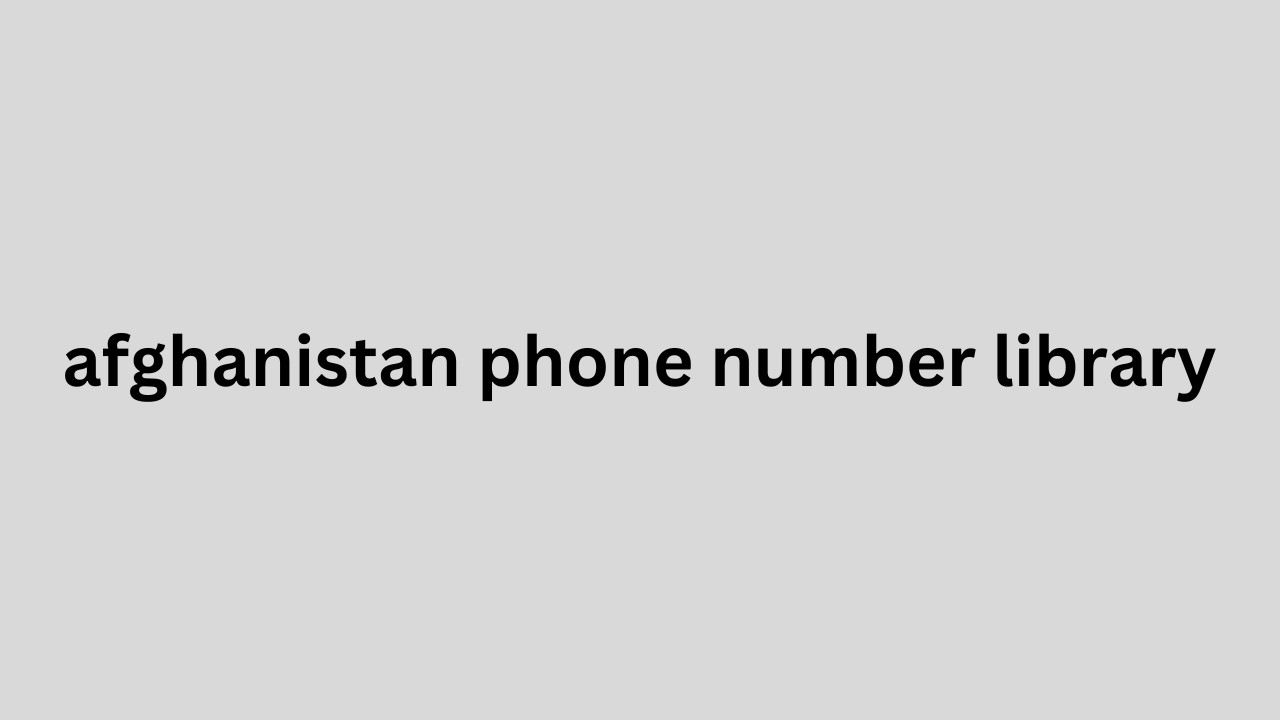What's behind the "black box", I'll explain.
Index:
How does LinkedIn News Feed work?
Emotions and engagement rate in a post
How does the LinkedIn algorithm work?
Other Factors That Go Into LinkedIn's Algorithm
Conclusion of the article
How does LinkedIn News Feed work?
[ back to index ]
LinkedIn is a social network. And like most social networks today , its business is based on advertising.
The advertising business model is about selling users' attention to brands that want to promote their services, products, or content.
We can therefore imagine that if they sell attention, the more of it they have, the greater their potential earnings.
This is the whole model of social networks like LinkedIn : get more attention to make money.
A social network must therefore make you spend as much time as possible on its site or application.
To do this, they implement several mechanisms:
Trigger
These are web mechanisms, especially present in social networks, which are defined as “action triggers”.
That is, the user will be asked to perform an action on LinkedIn : read his notifications, reply to a message…. etc..
External triggers
They announce to the user the action to be performed by placing the information in his field of vision.
Often associated with calls to action , afghanistan phone number library the messages are direct, the words are used like this: do this + now.
Example: a “download the application now” or “watch the demo” button
We find these types of triggers for example on LinkedIn Ads.
The purpose of external triggers is to lead the user somewhere, such as to a particular page.
Internal triggers
Internal triggers are habitual triggers, meaning the user is already active on LinkedIn and scrolls through their news feed or visits their notifications.
The purpose of the internal trigger is to keep the user on the professional social network longer .

Notifications and emails to get you back online
Email notifications are very powerful.
When you sign up to LinkedIn, the network asks you to accept a small number of settings, all of which are verified in advance, one of which is the acceptance of receiving notifications via email.
Everyone checks their email several times a day.
So, if you are not on LinkedIn, the network will write you, several times a day, a small automatic email telling you that you missed some key information about your day, that “Mister X” commented on your post or that “Mister Y” changed jobs…
This will pique your curiosity and make you want to click.
Cognitive biases
Cognitive biases are psychological deviations. They lead to a distorted perception of reality. This form of thinking influences our actions, because it transforms our thoughts, judgments and appreciations.
Here are two examples of cognitive biases to help you understand
Fad = A number of people performing a behavior encourages you to do it.
Everyone went to see the latest TOP GUN at the cinema and loved it, so you'll see it even if you don't care, and you'll end up loving it even without knowing why, it's the group effect or the fashion effect.
In marketing strategies, this type of technique is widely used to make a product very popular, quickly.
Belief bias = We define something as true, because it aligns with our beliefs, without really knowing why
80% of LinkedIn users believe that the network contains relevant and truthful information. In other words, they trust LinkedIn because, in their belief, it is a professional social network, and professional = relevant
